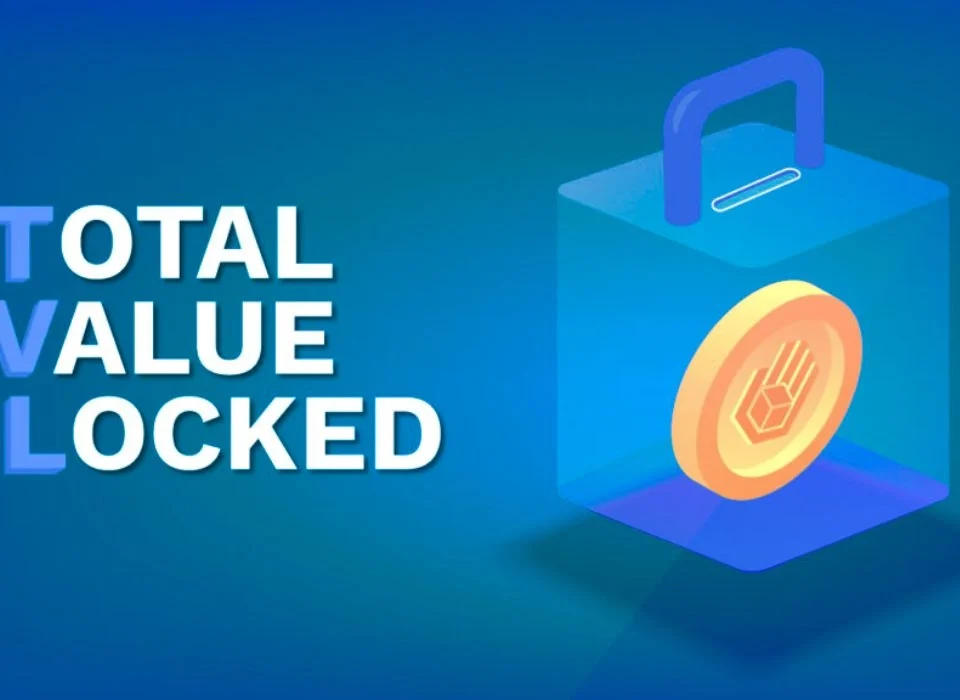
The Importance of Market Sentiment in Crypto Trading
17/05/2024
Former Employee Allegedly Behind $1.9M Exploit, Claims Memecoin Launcher Pump.fun
17/05/2024How to Create a Diversified Crypto Portfolio
In the world of cryptocurrency, volatility and rapid changes are the norms. While the potential for high returns is attractive, the associated risks can be significant. Creating a diversified crypto portfolio is one of the most effective strategies to manage these risks and enhance your chances of long-term success. In this article, we will explore the steps to building a diversified crypto portfolio, the benefits of diversification, and key considerations to keep in mind.
Understanding Diversification
Diversification is an investment strategy that involves spreading your investments across various assets to reduce exposure to any single asset’s risk. In the context of cryptocurrencies, diversification means investing in a variety of digital assets rather than concentrating your investment in one or a few. This approach helps mitigate the impact of poor performance by any single asset on your overall portfolio.
Benefits of a Diversified Crypto Portfolio
- Risk Management: By spreading investments across different cryptocurrencies, you can reduce the risk associated with any one asset’s price volatility. If one asset performs poorly, others in your portfolio may perform well, balancing out the losses.
- Opportunity for Growth: A diversified portfolio allows you to capture growth opportunities across different sectors of the crypto market. This can include established cryptocurrencies like Bitcoin and Ethereum, as well as emerging altcoins with high growth potential.
- Market Exposure: Diversification provides exposure to various segments of the cryptocurrency market, including decentralized finance (DeFi), non-fungible tokens (NFTs), and blockchain technology. This broad exposure can enhance your portfolio’s overall performance.
- Stability: A well-diversified portfolio can offer more stability compared to holding a single cryptocurrency. This stability is crucial in a market known for its high volatility.
Steps to Create a Diversified Crypto Portfolio
- Assess Your Risk Tolerance: Before building your portfolio, evaluate your risk tolerance. Consider factors such as your investment goals, time horizon, and comfort level with potential losses. Understanding your risk tolerance will help you determine the appropriate allocation of assets within your portfolio.
- Research and Select Cryptocurrencies: Conduct thorough research to identify cryptocurrencies that align with your investment strategy. Look for projects with strong fundamentals, active development teams, and robust use cases. Key cryptocurrencies to consider include:
- Bitcoin (BTC): Often considered the “digital gold,” Bitcoin is a staple in any crypto portfolio due to its market dominance and widespread adoption.
- Ethereum (ETH): Known for its smart contract functionality, Ethereum is the foundation for many DeFi and NFT projects.
- Altcoins: Diversify further by investing in promising altcoins such as Cardano (ADA), Solana (SOL), and Polkadot (DOT). These projects offer unique features and potential for significant growth.
- Allocate Assets Strategically: Based on your risk tolerance, allocate your investments across different cryptocurrencies. A common approach is the 50/30/20 rule:
- 50% in Major Cryptocurrencies: Allocate half of your portfolio to well-established cryptocurrencies like Bitcoin and Ethereum.
- 30% in Mid-Cap Cryptocurrencies: Invest 30% in mid-cap cryptocurrencies that have shown potential for growth but are less established than the majors.
- 20% in Small-Cap Cryptocurrencies: The remaining 20% can be allocated to small-cap cryptocurrencies with high growth potential but higher risk.
- Consider Stablecoins and Tokens: To further diversify and add stability to your portfolio, consider including stablecoins such as Tether (USDT) or USD Coin (USDC). Stablecoins are pegged to fiat currencies and can reduce overall portfolio volatility.
- Regularly Rebalance Your Portfolio: The cryptocurrency market is dynamic, and asset values can change rapidly. Regularly review and rebalance your portfolio to maintain your desired asset allocation. Rebalancing involves selling overperforming assets and buying underperforming ones to keep your portfolio aligned with your strategy.
- Stay Informed: Keep abreast of the latest developments in the cryptocurrency market. Follow news, join crypto communities, and stay informed about regulatory changes and technological advancements. Staying informed will help you make better investment decisions and adjust your portfolio as needed.

Key Considerations for Diversified Crypto Investing
- Security: Ensure your investments are secure by using reputable exchanges and wallets. Enable two-factor authentication (2FA) and consider using hardware wallets for long-term storage.
- Regulatory Environment: Be aware of the regulatory environment in your region. Regulatory changes can significantly impact the value and legality of certain cryptocurrencies.
- Tax Implications: Understand the tax implications of your crypto investments. Different jurisdictions have varying tax laws related to cryptocurrency trading and holding.
- Market Sentiment: Pay attention to market sentiment and trends. Sentiment can drive price movements, and understanding it can help you make informed decisions.
- Long-Term Perspective: Cryptocurrency markets can be highly volatile in the short term. Maintain a long-term perspective and avoid making impulsive decisions based on short-term market fluctuations.
Conclusion
Creating a diversified crypto portfolio is a vital strategy for managing risk and maximizing potential returns in the volatile cryptocurrency market. By assessing your risk tolerance, conducting thorough research, and strategically allocating your assets, you can build a robust and resilient portfolio. Regular rebalancing, staying informed, and considering key factors such as security and regulations will further enhance your investment strategy. Embrace diversification as a means to navigate the complexities of the crypto market and achieve your long-term investment goals.
Links:



